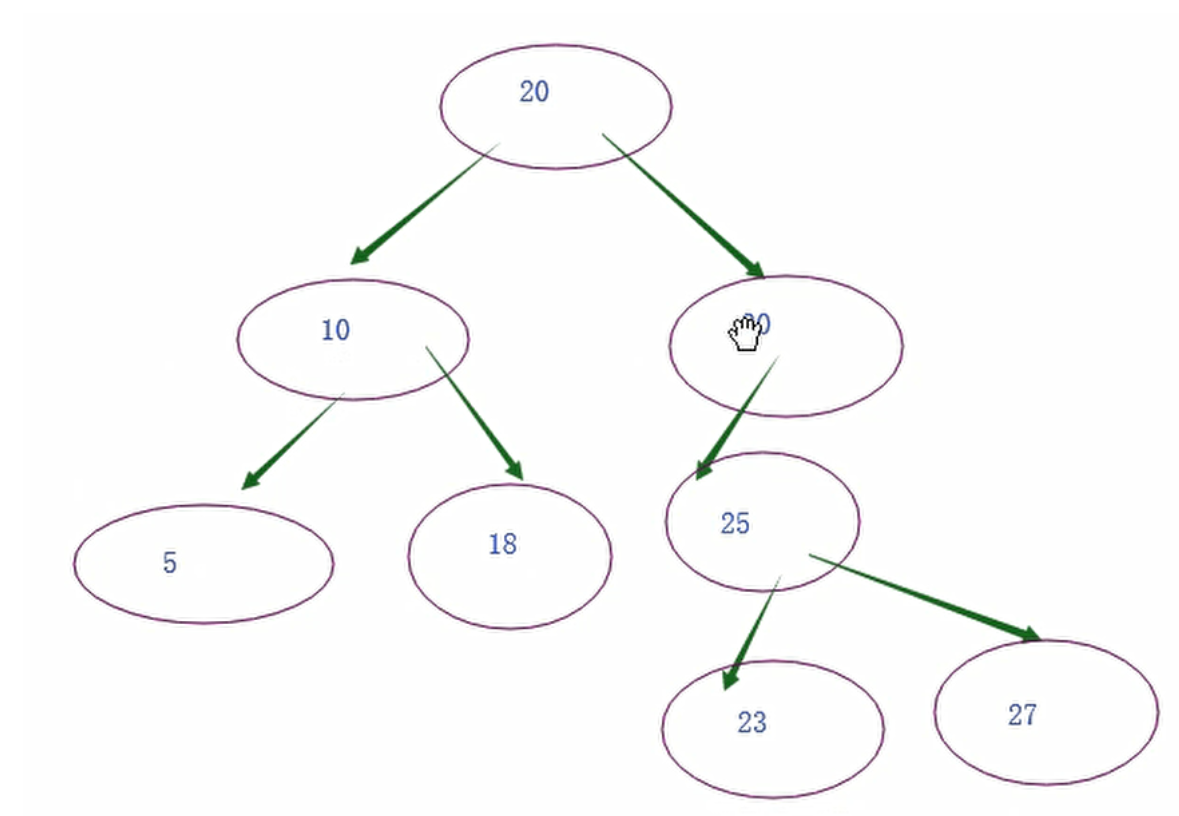1、索引
-
聚集索引(聚簇索引) :数据放在一起
-
Innodb 中必有且仅有一个 :主键
-
-
非聚集索引(非聚簇索引):
-
Innodb中可以有多个
-
myisam
-
-
索引的创建
-
创建主键primary key 聚集索引+非空+唯一
-
创建唯一约束 unique 辅助索引+唯一
-
添加一个普通索引
-
create index 索引名 on 表(字段名);
-
-
-
索引的删除
-
drop index 索引名 on 表;
-
2、二叉树

3、平衡树
-
能够让查找某一个值经历的查找速度尽量平衡
-
balance tree
-
平衡树不一定是二叉树
-
4、b + 树
-
分支节点不存储数据
-
让树的高度尽量矮,查询效率尽量高
-
5、联合索引
联合索引 (id,email) id = 100 and email like 'eva%';
索引合并 :分开创建在查询过程中临时合并成一条 Using union(ind_id,ind_email) 创建索引的时候 create index ind_id on s1(id) create index ind_email on s1(email) select * from s1 where id=100 or email = 'eva100@oldboy' 临时把两个索引ind_id和ind_email合并成一个索引
覆盖索引:在查询过程中不需要回表 Using index 对id字段创建了索引 select id from s1 where id =100 覆盖索引:在查找一条数据的时候,命中索引,不需要再回表 select count(id) from s1 where id =100 覆盖索引:在查找一条数据的时候,命中索引,不需要再回表 select max(id) from s1 where id =100 覆盖索引:在查找一条数据的时候,命中索引,不需要再回表 select name from s1 where id =100 相对慢
什么是mysql的执行计划?用过explain么? 在执行sql语句之前,mysql进行的一个优化sql语句执行效率的分析(计划),可以看到有哪些索引,实际用到了那个索引,执行的type等级 id name email select * from s1 where id = 1000000 and name=eva and email = 'eva1000000@oldboy'; 有没有索引 有几个 用哪一个索引比较效率高 explain select * from s1 where id = 1000000 and name=eva and email = 'eva1000000@oldboy';
6、正确使用索引
数据库使用的时候有什么注意事项 从搭建数据库的角度上来描述问题 建表的角度上 1.合理安排表关系
2.尽量把固定长度的字段放在前面
3.尽量使用char代替varchar 4.分表: 水平分,垂直分 使用sql语句的时候
1.尽量用where来约束数据范围到一个比较小的程度,比如说分页的时候
2.尽量使用连表查询而不是子查询
3.删除数据或者修改数据的时候尽量要用主键作为条件
4.合理的创建和使用索引
1.查询的条件字段不是索引字段 对哪一个字段创建了索引,就用这个字段做条件查询
2.在创建索引的时候应该对区分度比较大的列进行创建 1/10以下的重复率比较适合创建索引
3.范围 范围越大越慢 范围越小越快 like 'a%' 快 like '%a' 慢
4.条件列参与计算/使用函数
5.and和or id name select * from s1 where id = 1800000 and name = 'eva'; select count(*) from s1 where id = 1800000 or name = 'eva';
多个条件的组合,如果使用and连接 其中一列含有索引,都可以加快查找速度 如果使用or连接 必须所有的列都含有索引,才能加快查找速度
6.联合索引 : 最左前缀原则(必须带着最左边的列做条件,从出现范围开始整条索引失效) (id,name,email)
select * from s1 where id = 1800000 and name = 'eva' and email = 'eva1800000@oldboy'; select * from s1 where id = 1800000 and name = 'eva'; select * from s1
where id = 1800000 and email = 'eva1800000@oldboy'; select * from s1 where id = 1800000; select * from s1 where name = 'eva' and email = 'eva1800000@oldboy';
( email,id,name) select * from s1 where id >10000 and email = 'eva1800000@oldboy';
7.条件中写出来的数据类型必须和定义的数据类型一致 select * from biao where name = 666 # 不一致
8.select的字段应该包含order by的字段
select name,age from 表 order by age; # 比较好
select name from 表 order by age; # 比较差
select * from 表 where 条件 group by 分组 having 聚合; 300万条数据 分页
page = 1 num_per = 10 tmp = (page-1)num_per = 1-1=010 = 0
select * from 表 where id between tmp and tmp+num_per page +=1 = 2 tmp = (page-1)*num_per = 10
select * from 表 where id between 10 and 20
select * from 表 limit 10,10 select * from 表 limit 20,10